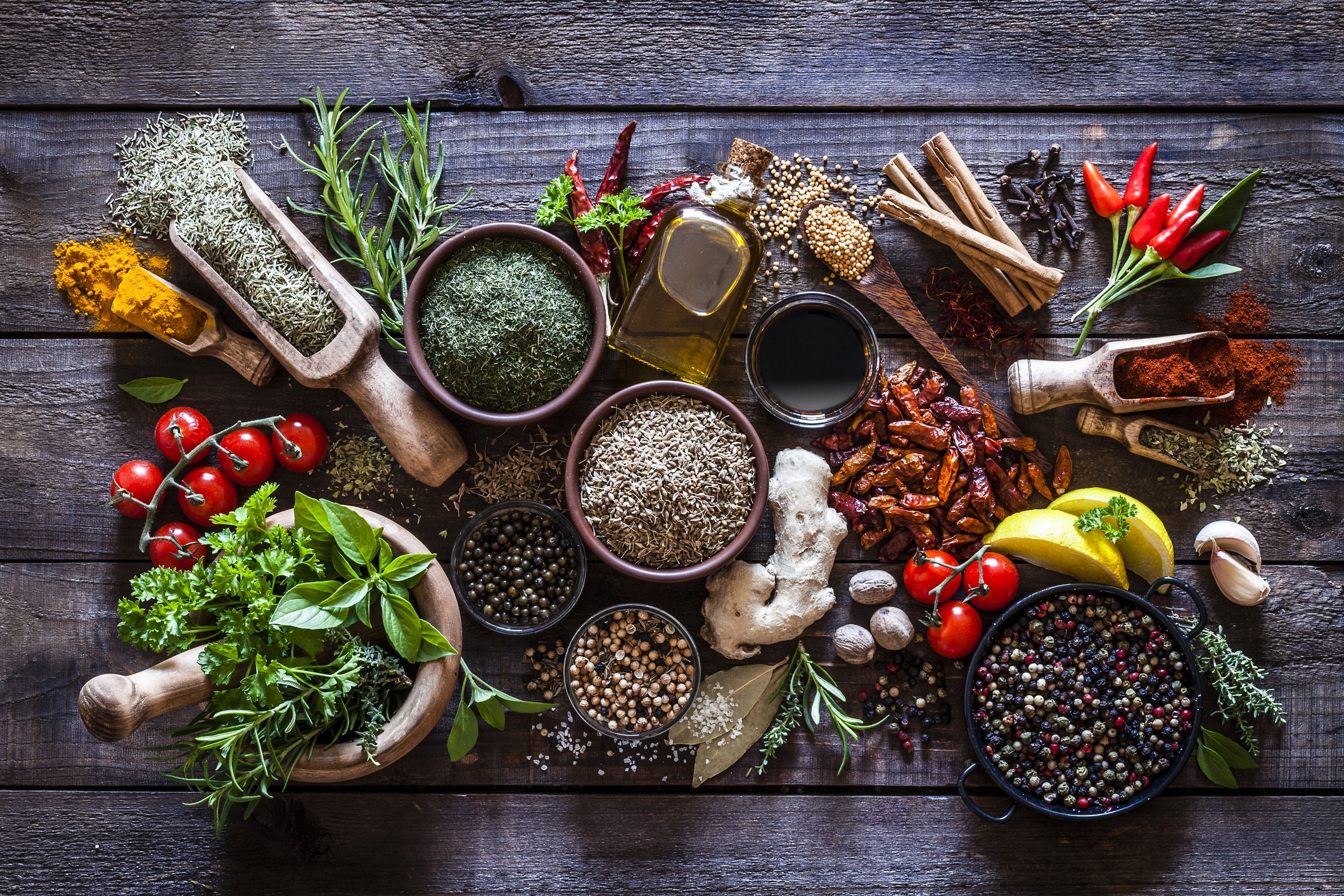
The Ingredients Landscape: Growth, Trends and Opportunities
The ingredients market is experiencing robust growth, driven by evolving consumer preferences and structural market dynamics. As of 2024, the global ingredients market, particularly in value added subsegments, continues to see expansion, making it an attractive market for investors, suppliers and manufacturers.
Our latest thinking, written in partnership with global investment bank Harris Williams, outlines market growth, consumer trends and opportunities for growth in the US and Europe.
Key Dynamics:
Enduring Structural Market Growth Drivers
Robust long-term aggregate market growth, with significantly higher growth in on-trend niches and subsegments – With rising consumer interest in health, natural products, and transparency, ingredient inclusion rates have seen a steady increase, often surpassing the growth of broader end markets. This sustained demand is particularly robust in sectors such as clean label, natural flavors, and preservatives, which are highly sought after by consumers seeking healthier and more sustainable alternatives. These trends create a stable growth environment and provide substantial opportunities for players focused on high-value, value-added ingredients that align with these consumer expectations.
Attractive Market Fundamentals
Sticky customer relationships – Individual ingredients are critical to product formulation but generally account for low share of the cost stack. Technical capabilities and formulation expertise needed for specific products make switching suppliers potentially high risk, creating substantial barriers to entry.
Diverse Channels and End Markets – Leading players have the ability to service CPG and foodservice customers, as well as multiple end-market applications (beverage, ice cream, bakery, etc.) – giving flexibility to pursue growth hot spots, while offering insulation from end-market-specific disruption.
At the Forefront of Innovation – Ingredients players are typically at the forefront of innovation for CPG / foodservice trends as these customers look to align product offerings to specific claims / features (e.g., ongoing conversion to clean label driving accelerated growth across categories with natural colors / flavors, clean label preservatives, etc.).
Resilience Through Economic Challenge – The ingredients market has demonstrated strong resilience through previous downturns, and product criticality supports pricing pass-through in inflationary environments.
A Nuanced Subcategory Landscape
While the ingredients market benefits from structural growth drivers and attractive fundamentals, the space is not homogenous. Subcategories align differently with evolving consumer trends, resulting in hot spots of growth. Key hot spots include flavors and their attached value chain, natural ingredients (including clean label), value-added inclusions, and nutritionals such as probiotics. These areas vary in growth profiles, competitive landscapes, and the involvement of major players across subcategories.
Differing Business Model Archetypes and Sources of Value Creation
This landscape is served by a range of different business models archetypes. Specialist knowledge and experience of ingredient applications in specific end markets is a common requirement for winning players, though sources of competitive advantage vary:
Input Processers – Processors of commodity materials, typically at large scale. These players benefit from differentiated or preferential access to upstream raw materials, scale processing capabilities, and the ability to valorize products.
Value Added Ingredients Providers – Enhance basic inputs through processing and innovation to offer specialized products (e.g. bakery mixes). Winning formulas include superior breadth of product & service offering to offer a one-stop shop to customers and drive-up share of wallet.
Highly Technical Players – Specialty ingredients providers offering highly technical product ranges (e.g. flavor, color). Superior manufacturing or technical capabilities supported by differentiated R&D provide scope for a competitively advantaged product proposition (via quality, bespoke-ness or cost positioning).
An Active M&A Landscape
These factors have supported a fertile space for M&A. Major players are actively shaping their portfolios and capabilities – there have been several acquisitions of mid-size players (e.g., in flavor) in recent years to bolt on incremental capabilities and share of wallet, as well as divestments of non-core business units. Ongoing private equity activity is driving professionalization and consolidation across a still-fragmented landscape. With strong markers for growth, the potential for significant value creation, and varied exit opportunities, the ingredients market remains attractive for investors.
Read our full analysis below, or reach out to [email protected] to find out more about our expertise in this area.
Key Contacts

Will Hayllar
Global Managing Partner

Coye Nokes
Partner

Nilpesh Patel
Partner

Jean-Baptiste Brachet
Partner

Oliver Rowson
Partner

Michael Brooks
Associate Partner



